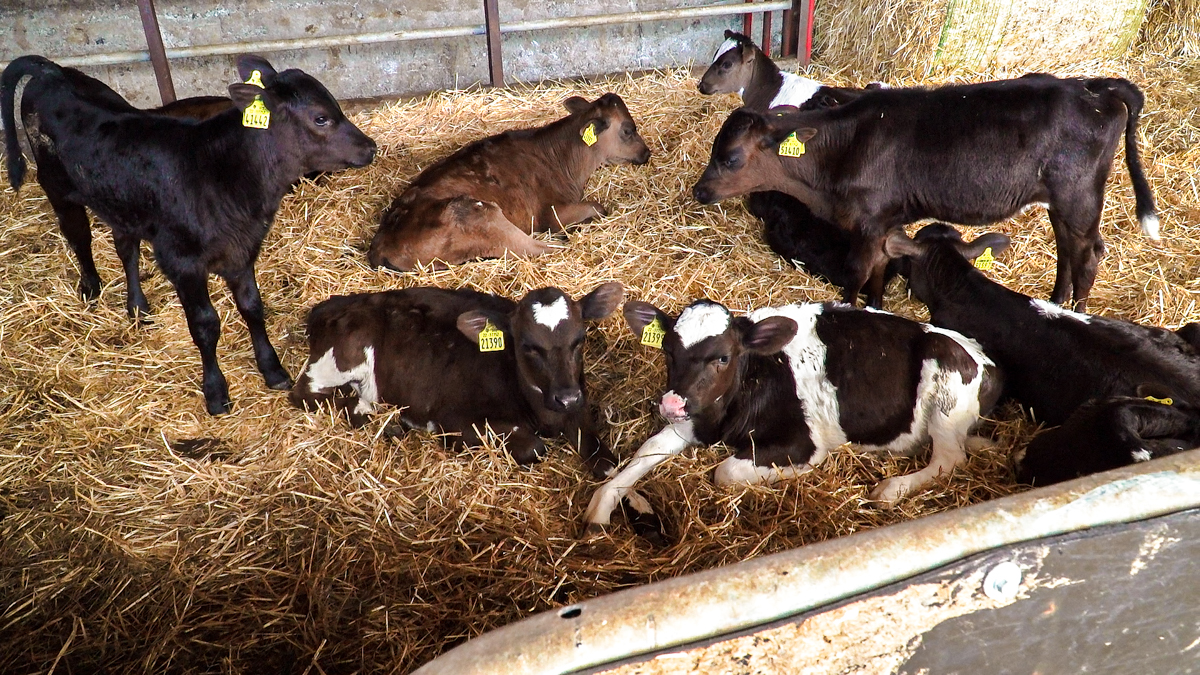The 2023 spring-calving season will be starting on farms in the coming weeks. In fact, some farms may have already started.
Calf rearing plays a major role on farms during the spring, with the effort put into calves at a young age paying off later in life.
There has now been a number of studies that have shown that calves that achieve weight gain targets and have low levels of sickness tend to last longer in herds.
Quite often, the simplest things can have the biggest impact on calf health.
Spring calving
Some of these simple measures include ensuring that all calves adequate amounts of high-quality colostrum, providing calves with enough space and making sure that there is good ventilation to ensure air is fresh, but that there are no draughts.
Ensuring that calves get the best start to life gives them the best chance to achieve growth performance targets.
KPIs
Teagasc and Animal Health Ireland (AHI) are currently hosting Calfcare events across the country, ahead of the spring-calving season starting on farms.
These events offer farmers a great chance to refresh their memory around calf rearing and also pick up some new information.
One of the boards at the event outlined key performance indicators (KPIs) for farmers when rearing calves.
The first of these KPIs was around liveweight gain and ensuring that your calves are achieving a gain of >750g/day.
If calves are not achieving this there may need to be changes made to feeding programmes on the farm or possibly in calf housing.
For example, if the calves are too cold in the shed, they will put more energy into keeping warm rather then growth.
The second KPI focused on mortality and the target here should be less than 3%.
If you have records you should look back on them and see if this is being achieved. If no records are available then keep some this year.
Where possible determine the cause and develop a plan in conjunction with your vet to prevent or solve any issues.

A related KPI is around the number of treatments that are required during the spring, the target here being less than 10%.
In order to achieve this calf management needs to be excellent, starting with colostrum management and then management of calves in the shed.
The aim of the calf-rearing period is to double the calf’s birth weight in eight weeks.
For this to be achieved, all of the above KPIs need to be achieved; studies have shown that under-performing/sick calves fail to reach target weights and often only last in herds for a short period of time.
